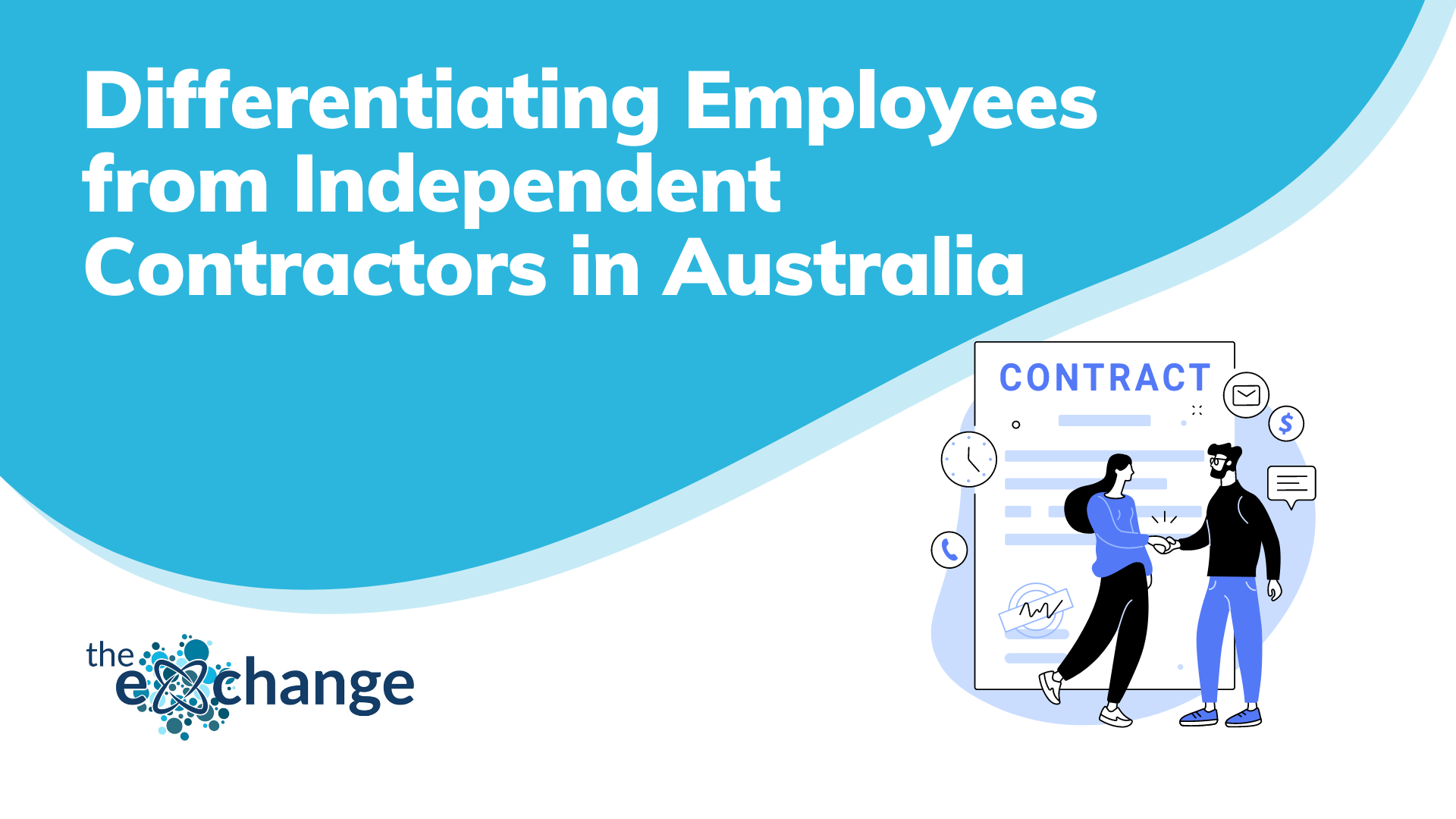
Employees and independent contractors can, at the very simplest, be defined by the relationship to the employer. In general, there is a relationship of ‘servitude’ between employee and employer, where the employee is subservient to the employer and must carry out duties and tasks for remuneration. An independent contractor, on the other hand, has a trade or business of their own with no subservient relationship to the employer.
There are other key points that help to define whether someone is an employee or an independent contractor.
There are several ways to determine if someone is an employee. Some of the most common are:
On the other hand, the following points may indicate that someone is an independent contractor:
In addition to the above, there are fundamental differences between the taxation of employees and independent contractors. For employees, the employer must withhold taxes from their wages and submit that sum to the Australian tax office. Independent contractors are paid the gross sum of their remuneration, and submit taxes themselves at the applicable company rate.
There are significant differences in both benefits and protections for employees and independent contractors. Under the National Employment Standard, employees are entitled to benefits including parental leave, annual leave, maximum working hours, public holidays and minimum rates of pay. Independent contractors are not entitled to these benefits.
If you have any queries about defining employment classifications, including the benefits of hiring employees or independent contractors, we are here to help. Please do not hesitate to contact us.